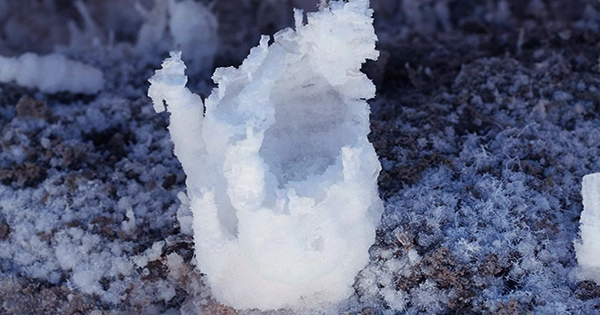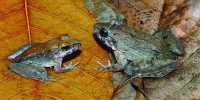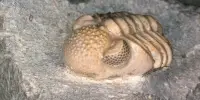Scientists have uncovered probable traces of bacterial and algal life trapped in an 830-million-year-old rock salt crystal, which they claim may – just may – still be alive. Scientists discovered well-preserved organic compounds imprisoned within fluid inclusions contained in an ancient chunk of rock salt known as halite using a variety of imaging techniques. The team claims that these things have an amazing similarity to prokaryotes and algal cells, as well as the chemical substances they may create, in a paper published in the journal Geology.
The rock salt sample was collected by core samples retrieved from the Neoproterozoic Browne Formation in Australia at a depth of 1,480 to 1,520 meters and is believed to be 830 million years old (4,855 to 4,986 feet). Because crystalized rock salt cannot sustain ancient life on their own, the prospective microbes are not stuck within the crystals like an ant caught in amber. Small quantities of water and tiny life can be trapped in initial fluid inclusions as rock salt crystals develop from the evaporation of saline seawater. The researchers looked for microbes and chemical substances within these small pockets of water.
The study authors suggest the fascinating possibility that these bacteria are still alive. Based on prior findings of microorganisms in halite samples, the researchers believe that organic matter inside the Browne Formation halite may have been dormant and suspended, but might still be considered alive. “Are microorganisms living in Browne Formation halite?” the researchers wonder. For one thing, despite hundreds of millions of years passing, the samples have not decomposed significantly and can be easily identified. They also mention a prior study in which bacteria were discovered alive within fluid inclusions sealed within 150,000-year-old rock salt.
They point out that a research published in Nature in 2000 found live bacteria within a comparable 250-million-year-old salt crystal. “It is conceivable that microbes from the Neoproterozoic Browne Formation are living,” the researchers conclude. If this is correct, it might have major ramifications for the hunt for alien life. The surface of Mars, which was formerly home to large salty lakes of water, is known to have geology that may be comparable to the Browne Formation halite.
Who’s to say that if life can survive in Earth-bound halite, it won’t survive in a Martian sample? The study finds that “microorganisms that may have lived in surface brines on Mars in the distant past may have been preserved as microfossils in chemical sedimentary rocks.”
















